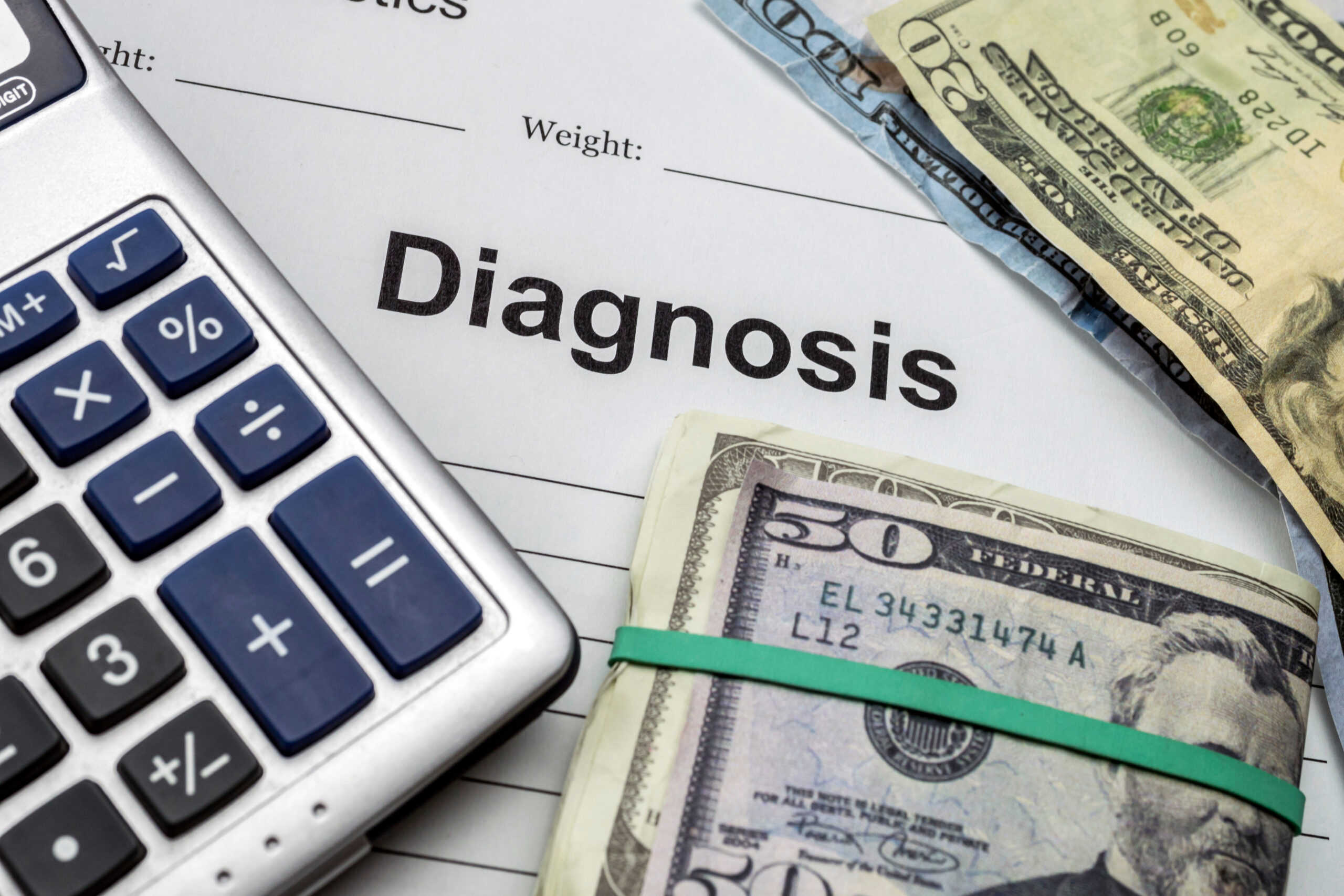What are the Risks of Trazodone for Sleep?
**Understanding the Risks of Trazodone for Sleep**
Trazodone is often prescribed off-label to treat insomnia, but it comes with potential risks that users should understand. Here’s a straightforward breakdown of what you need to know:
—
### **Common Side Effects**
At typical sleep doses (25–100 mg), most people experience mild issues like:
– **Drowsiness or grogginess** the next morning[2][3].
– **Dizziness**, especially when standing up quickly[3][4].
– **Dry mouth**, which can often be managed with hydration or sugar-free gum[3][5].
– **Blurred vision** temporarily affecting focus[3][5].
These effects usually lessen over time or with dose adjustments under a doctor’s guidance[2].
—
### **Serious Risks**
While rare, trazodone can cause severe complications:
– **Priapism**: A painful erection lasting over 6 hours, requiring immediate medical help to prevent permanent damage[1][4][5].
– **Low blood pressure**, leading to fainting or falls, particularly in older adults[1][2][5].
– **Heart rhythm changes**, especially in those with existing heart conditions[2][5].
– **Serotonin syndrome**: Agitation, rapid heartbeat, fever, and muscle stiffness if combined with other serotonin-boosting medications (e.g., SSRIs)[5].
—
### **Who Should Be Cautious?**
Trazodone may not be safe for everyone. Discuss alternatives if you:
✔️ Have bipolar disorder (may trigger manic episodes)[1][5]**.
✔️ Take sedatives like alcohol or benzodiazepines (increases drowsiness risk)[2]**.**
✔️ Use blood pressure medications or have heart issues[2]**.**
—
### **Important Precautions**
⚠️ Never stop trazodone suddenly—it can cause withdrawal symptoms like anxiety and insomnia**[5]**.
⚠️ Report unusual bruising, eye pain





